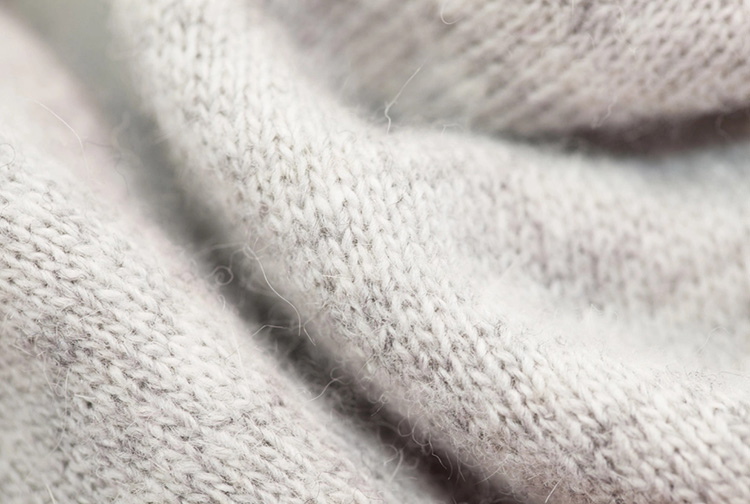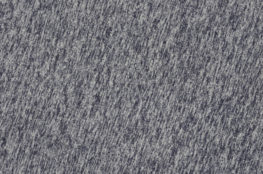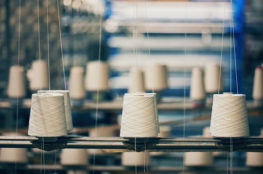We have all heard of cashmere: the noble textile fibre par excellence, used for the manufacture of high fashion garments and accessories. In Italy, the homeland of cashmere is certainly Biella. Here the major luxury producers of iconic luxury brands are based, along with lesser known manufacturers who spin and weave this precious wool, justifiably appreciated for its softness and lightness. Biella owes its fame to the purity of its glacier-fed streams and to the unique chemical characteristics of their waters. These enable the yarn to be processed into a silkiness which is almost impossible to reproduce elsewhere.
Cashmere is obtained by shearing the hircus goats. These creatures are raised in environments with extremely harsh climates. To protect themselves from the cold, these goats have developed two coats: the outer one is made up of thick and bristly guard hair, while the inner one, which is in direct contact with the goat’s skin, is made up of very soft fine hair. When this second coat, or underdown, is dehaired it is used to obtain the worsted yarn, which in turn makes the cashmere garment proper.
The hircus goats are raised in the Asian highlands, of Iran, Russia, Afghanistan, Turkey, India, Pakistan and Korea. However It is in China and Mongolia, that the best fibres are to be found. Chinese cashmere is produced in Tibet, and in Inner Mongolia. Mongolian cashmere is the best in the world for the fineness of the fibres, (about 15 microns), and also for the length and uniformity of the fleece. From Mongolia we receive two types of fibres, the brown one coming from the steppes north of the Gobi Desert, and the more precious white one, produced in the southern part of the region.
The underdown is removed in spring, when temperatures are milder, by combing the goats in the throat and girth areas. The fibre is then de-greased and de-haired, separating guard hair and underfleece, and then it is washed. This process produces an annual yield of between 150 and 200 grams of wool per animal.
The secret of this fibre lies not only in its unmistakable sensation of softness to the touch, but also in its brilliance and sheen. What makes cashmere so special is the presence of an internal "air chamber". This gives the wool unbeatable insulation and transpiration properties when it is compared to its thickness. This type of hair differs from other types of wool when under the microscope by having less clear scales, spaced edges and smooth corners.
To determine the market value, there are various factors such as purity, fineness and fibre length, but it will be the colour that determines the greatest value; the clearer this is, the higher its cost will be.
In our catalogue you will find a wide selection of the best cashmere and cashmere-blend fabrics.




